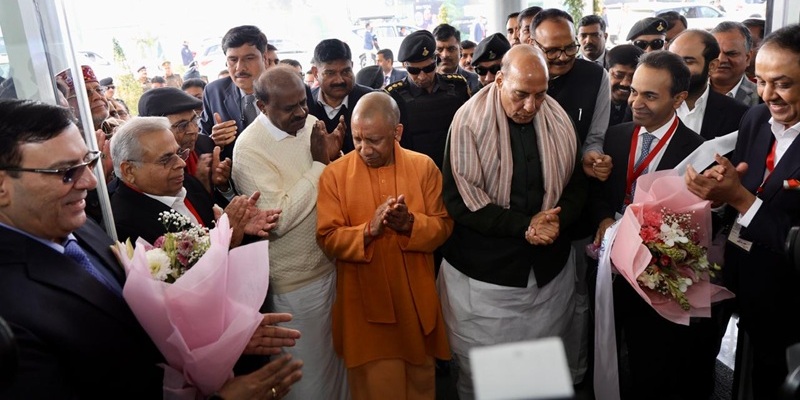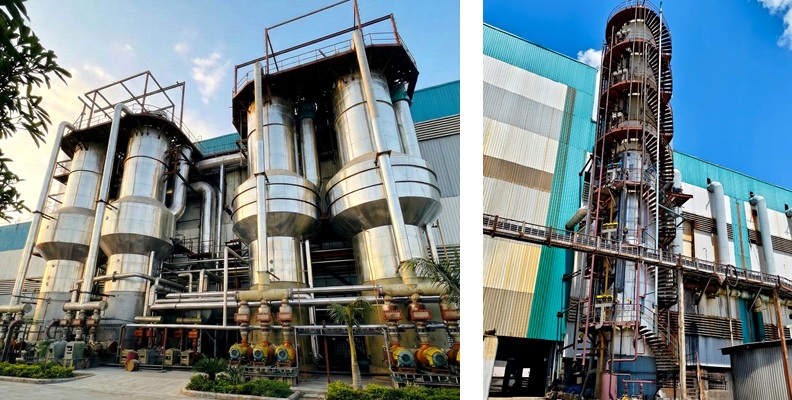Schedule a Call Back
Constructing safely: Preventing slips, trips and falls
 Articles
Articles- Jan 29,24
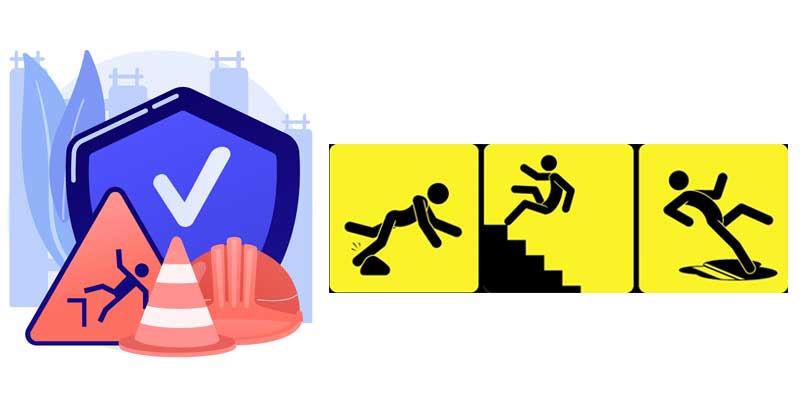
Related Stories

Manufacturing to Drive 46% of Industrial Leasing by 2027: JLL
JLL forecasts manufacturing leasing to reach 34 mn sq ft across top cities.
Read more
Best practices to ensure safer work at heights across industries
As industries expand infrastructure, ensuring safe work at height is vital. Kamarajan M, Head of Education, British Safety Council, India, outlines essential measures to reduce fall risks and safegu..
Read more
Greta Minerals Doubles WA Exploration Land, Targets Lithium Supply for India
The Gecko North Project, 25 km northwest of Coolgardie, is one of seven critical mineral and gold projects under Greta Minerals (Australia) Pty, which now holds 37 granted and 5 pending mineral tene..
Read moreRelated Products
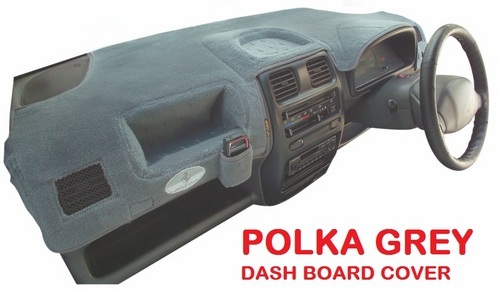
Grey Polka Dash Board Covers
Elegant Auto Accessories offers a wide range of grey polka dash board covers.
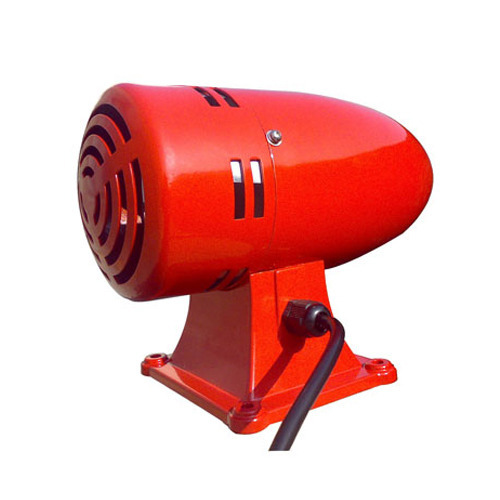
Fire Protection - Industrial Sirens
Amit Safety Enterprises offers a wide range of fire protection industrial sirens.
Read more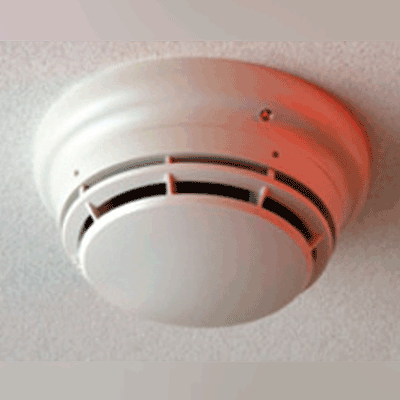
Fire Alarm Sysytem
Nayakson Security Systems is offering a range of fire alarm, intrusion alarm and gas alarm systems.





